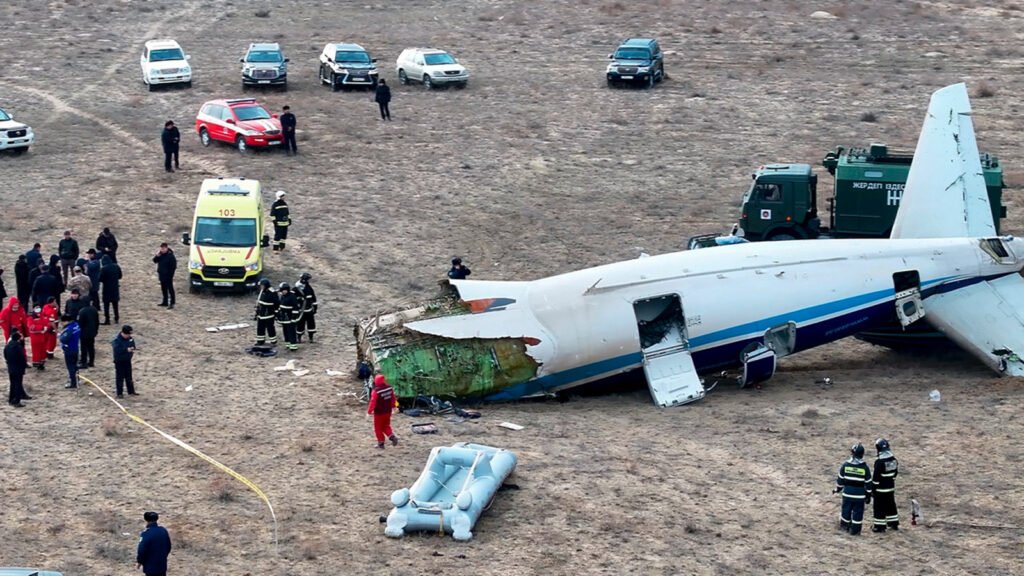
Let’s be real — the thought of a helicopter and airplane colliding mid-air is nothing short of terrifying. It’s rare, but when it happens, the impact is catastrophic. These aren’t just accidents; they’re wake-up calls that shake the aviation world.
Mid-air collisions involving helicopters and airplanes are unique in both their causes and consequences. With the growing use of airspace by private, commercial, and military aircraft — not to mention drones — the chances of such incidents, while still low, are becoming an increasing concern.
Understanding the Differences Between Helicopters and Airplanes
How Helicopters Operate
Helicopters fly thanks to their rotating blades, which act like spinning wings. This allows them to take off vertically, hover, and even move sideways. They’re super useful for rescue missions, aerial photography, and navigating tight spaces.
How Airplanes Fly
Airplanes, on the other hand, require a runway to take off and land. Their wings generate lift as they move forward, which is why speed and airflow are everything. They typically cruise at higher altitudes and faster speeds than helicopters.
Why These Differences Impact Collisions
Because helicopters often fly lower and slower than airplanes, especially in urban or mountainous areas, their flight paths can intersect — sometimes unexpectedly. That’s when things get risky.
What Happens During a Mid-Air Collision?

Typical Scenarios of Helicopter-Airplane Crashes
Many of these incidents happen in uncontrolled airspace or during descent and approach phases. For instance, a private airplane descending into a regional airport may cross paths with a news chopper covering a highway accident.
Speed, Altitude, and Visibility Factors
It’s a recipe for disaster: one aircraft moving fast, another possibly hovering or flying slowly, with limited visibility due to weather or the sun’s glare. Add miscommunication to the mix, and tragedy can strike.
Famous Helicopter-Airplane Collisions
The 1977 New York City Incident
In one of the earliest documented collisions, a helicopter and a small plane collided near the Pan Am Building (now MetLife) in NYC. The crash killed multiple people and led to sweeping reforms in city airspace management.
2009 Hudson River Collision
A tourist helicopter and a small plane collided over the Hudson River, killing nine people. It was a wake-up call that led to tighter regulations in New York’s busy air corridor.
Military Exercises Gone Wrong
Even in controlled environments, military operations sometimes result in tragic crashes when communication or radar tracking fails.
Common Causes of Helicopter-Airplane Crashes

Human Error and Miscommunication
A missed radio call. A misunderstood direction. One lapse can lead to unimaginable consequences in the sky.
Air Traffic Control Challenges
ATC does a phenomenal job, but they’re human too. Overloaded airspace or misidentified radar blips can lead to trouble.
Weather Conditions
Fog, wind shear, and sudden storms can throw off even the most experienced pilots.
Mechanical Failures
From faulty rotors to navigation systems gone haywire — when machines fail in the air, there’s little room for error.
The Role of Air Traffic Control
Responsibilities in Mixed Airspace
ATC coordinates thousands of flights daily, ensuring separation and safety. But in areas where both helicopters and planes operate closely — such as near hospitals, helipads, or local airports — the job gets tougher.
Limitations in Avoiding Collisions
Sometimes, smaller aircraft aren’t required to carry transponders. This “invisibility” makes it harder for ATC to track everyone.
Preventative Measures in Place
Flight Path Separation
New rules enforce altitude layers and corridors to prevent crossing paths. Helicopters usually fly lower, airplanes higher — with some buffer zones.
Radar and Tracking Technology
Modern radar systems and collision-avoidance software help pilots “see” nearby aircraft, even in bad weather or at night.
Pilot Training and Emergency Protocols
From simulators to in-air drills, pilots are trained to spot and avoid other aircraft in real-time.
How Investigations Are Conducted
Black Box and Data Recovery
In the aftermath, investigators rely on flight data recorders and cockpit voice recordings to piece together what went wrong.
NTSB and FAA Involvement
The National Transportation Safety Board (NTSB) leads the investigations, while the Federal Aviation Administration (FAA) often steps in to revise rules.
How Findings Shape Future Safety
Each crash brings new lessons — leading to better policies, stronger tech, and tighter regulations.
Legal and Financial Consequences
Liability and Insurance
Blame can fall on pilots, air traffic control, or even the aircraft manufacturers. Multi-million-dollar lawsuits often follow.
Civil and Criminal Investigations
In cases of gross negligence, pilots or organizations can face criminal charges.
Psychological Impact on Survivors and Families
Trauma and PTSD
Even if someone survives, the psychological scars are long-lasting. PTSD, anxiety, and survivor’s guilt are common.
Memorials and Support Systems
From scholarships in victims’ names to public memorials — communities rally to remember and heal.
How the Media Covers Air Collisions
Public Perception
Dramatic headlines dominate — and sometimes distort — the real causes behind crashes.
The Influence of Sensationalism
Media often rushes to assign blame, which can impact investigations and public opinion unfairly.
Drone and UAV Complications
New Risks in the Airspace
Recreational drones flying near airports have led to near-misses and forced diversions.
Integration of New Tech in Aviation Safety
Geo-fencing, automated alerts, and better licensing are some steps being taken to make the skies safer.
Future of Mid-Air Collision Prevention
AI and Machine Learning in Flight Safety
Smart systems can now predict and alert pilots to possible collisions before they happen.
Advancements in Aviation Regulations
From stricter licensing to automated airspace management, the future is all about preventing human error.